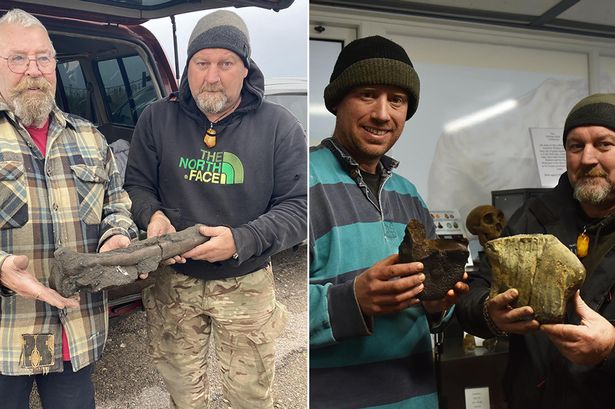Archaeologists are expressing their outrage following the theft of invaluable artifacts from a dig site in Norfolk, England. These relics, believed to date back between 650,000 and 800,000 years, represent significant discoveries regarding early human history and the prehistoric environment of the region. This incident underscores the ongoing issue of looting and the illicit trade in archaeological treasures, which devastates scholarly efforts to understand and preserve our past.
The Norfolk dig site was a focal point for researchers examining the early use of tools by hominins, as well as insights into the climate and ecosystems that existed during that era. Artifacts recovered from such sites can provide critical information about the evolution of early human behavior, subsistence strategies, and technological advancements. The recent theft not only hampers ongoing research but also robs society of knowledge that could have been gleaned from these ancient objects.
In the wake of the theft, archaeologists are calling for greater protection of archaeological sites and stricter penalties for those involved in illegal excavations and trade. They argue that enhanced security measures, as well as public awareness campaigns, are essential in combatting the problem of relic theft. Many in the field are advocating for collaboration between archaeologists, law enforcement, and governmental bodies to create comprehensive strategies that can safeguard these invaluable resources.
Additionally, the stolen artifacts are believed to have significant cultural and historical value. The loss of these items is not merely a financial concern; it is a cultural tragedy that dilutes the collective understanding of our human heritage. Professional archaeologists are particularly dismayed at the thought of these relics being sold on the black market, potentially ending up in private collections where they would be inaccessible for study and public education.
The situation has sparked broader discussions regarding the responsibility of the public in protecting archaeological sites. Community engagement and support can play a vital role in preventing thefts and ensuring that archaeological work can continue. By fostering a greater appreciation for local history, citizens may become more vigilant in reporting suspicious activities or individuals who may exploit these treasures.
In conclusion, the theft of ancient relics from the Norfolk dig site highlights a critical challenge faced by the archaeological community in preserving our history. This incident serves as a stark reminder of the ongoing threats posed by looting and the urgent need for collective action to protect archaeological heritage. As research continues to reveal the depths of our ancient past, it is imperative that society commits to safeguarding these irreplaceable resources for future generations.














